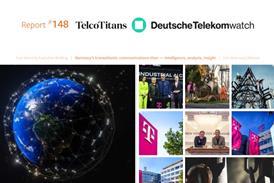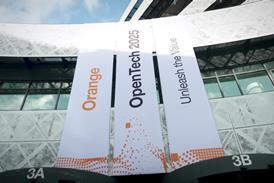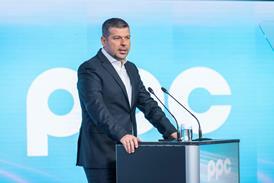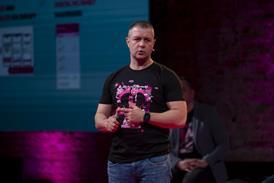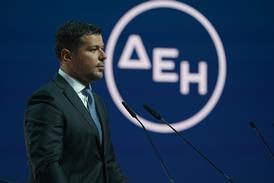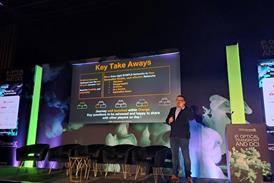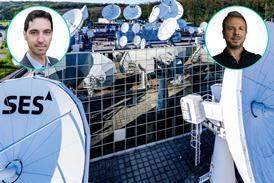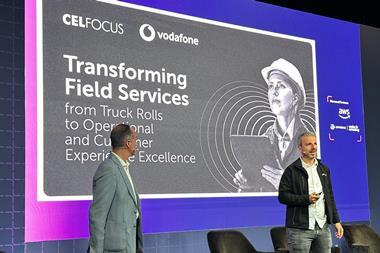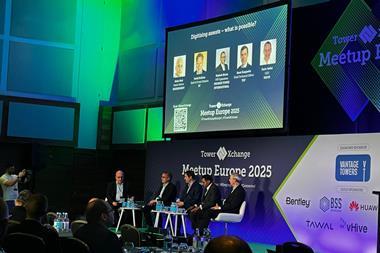- Co-created with Celfocus, Belgian operator Telenet is pursuing Level 4 autonomous networks by developing a “future-proof network platform” built on a network digital twin and AI-ready data foundations. The project’s success hinged on democratising data, ensuring its quality, and focusing on how it is consumed across domains.
- The initial use case automated service impact assessments for the transport network, using graph technology to map topology. This has automated 90% of assessments, cut query times from two hours to six minutes.
- A critical factor has been the focus on people and culture, transforming engineers into “hybrid experts” with both network and data skills. Success is measured not only by technical metrics but also adoption of new systems, fostering trust in the automation process.
- Next steps include extending the network digital twin to other domains and introducing AI agents to “close the loop” toward full autonomy.
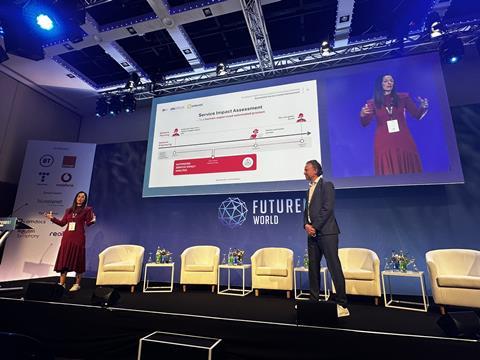
During FutureNet World, Stijn Eeckhaut, Product Owner for Network Automation at Telenet, acknowledged that operators have been facing a challenge in taking network automation to anticipated heights, but also asserted that his business is seeing success for efforts to “break the glass ceiling of network automation”, two years into its ongoing transformation programme.

Eeckhaut used a case study presentation with a network digital twin at its core to demonstrate how a carefully staged incremental approach to implementing autonomous networks can enable the necessary shift in mindset and technology adoption.
The overarching ambitions of the project are considerable. As described by Carla Penedo, Executive Director of Cognitive Automation at Telenet’s system integrator Celfocus, the partners are working to build “a future‑proof network platform” that is “intelligent, scalable, adaptable, powered by an‑AI ready infrastructure and… can continuously evolve with cutting edge AI and automation capabilities”.
When the Belgian operator set out on its latest strategy for introducing greater autonomy, it looked to the TM Forum framework as a guide. While no official target for the desired level of autonomy was set, the goals of the project — entailing cross-domain real time decision making capability — aligned with Level 4 automation.
According to the Network and Penedo, getting to Level 4 depends on three things:
- Good foundation of data.
- Clear purpose applied to process.
- Emphasis on keeping technology people‑focused.
Getting data right, and applying it
For the Telenet to achieve the benefits of autonomous network transformation, it quickly became clear that “we needed to get better with data in a network operations context”, according to Eeckhaut.
The critical role to be played by AI was evident, but also still evolving, meaning that the crucial first step was “making our network data landscape AI‑ready”. This entailed building ‘democratised’ data foundations to enable cross‑domain use cases, and in the process open silos and change the focus from how data is produced towards how data is consumed.
This also demanded commitment to data quality, and embrace of data productisation to support its use — and re‑use — in applications that can deliver value.
With these data foundations in place, Telenet and Celfocus set about creating a cognitive network operations layer enabling delivery of real‑time decision‑making capability, drawing on the cross‑domain data available. Here they collaborated with Telenet parent company Liberty Global on a new network AI product focused on a series of value‑driven use cases.
The first use case developed to leverage the potential of the new foundations and capabilities centred on service impact assessment, using a network digital twin as specific topology data was reviewed.
Collectively, the Telenet and Celfocus teams created a vision for this use case that could address planned changes in the transport network, including assessing potential effect on customers and services.
A visual approach to understanding automation impact
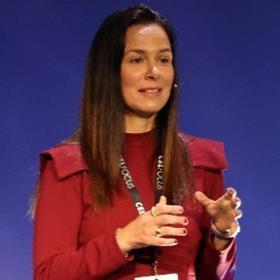
According to Celfocus’s Penedo, it can be essential to fully understand the existing process to be transformed at the outset of developing an automation use case.
To achieve this, customer‑facing and technical teams were gathered together (including network architects, data engineers and data scientists), to get to grips with the existing approach to impact assessment before determining the new end goal.
Through meetings and workshops and the use of a facilitation maps framework, the teams created a clear, “visual” and “intuitive” map to be used as they implemented the change in processes from an intensive manual approach to a more automated process. This was intended to minimise impact on customers and operations caused by interventions on the transmission network.
Penedo also flagged the value of mapping the transmission network topology as a series of graphs, which she said “align naturally” with existing network representations and capture the complexity of cross‑domain relationships to provide “a holistic perspective” of the infrastructure. These graphs reportedly make it easier to identify root causes of malfunctions. They also foster the use of AI algorithms to detect, predict and address faults that can impact customer service, and handle queries efficiently.
Telenet’s Eeckhaut described this approach as creating “a very, very powerful way of asking all kinds of topology-related questions to the system”. The operator has been able to scale this capability to cover more than 600,000 nodes, and 1.4 million edge locations between those nodes, to generate automated insight on transport network performance, encompassing around 90% of impact assessment use cases.
This automation is said to slash the time needed to generate answers to queries by up to 95%, from up‑to‑two hours, to around six minutes.
The standardised data analysis process is also said to be helping drive improvement in data quality, with network teams responsible for ensuring standards creating what Eeckhaut described as a “reinforcing circle” of reliable data gathering.
The change to the Telenet teams themselves is also apparently considerable.
Instilling trust, and new skills, in key teams
Getting network teams on board with the automation programme was deemed critical for its success, and it was noted that Telenet’s alignment with this outlook went as far as including a success metric that measures engineers’ adoption of the new systems.
Celfocus’s Penedo, who comes from an engineering background herself, joked about the typical engineer’s love for turning to diagrams when looking for solutions to problems, and enthusiasm for the latest trendy technologies.
She also emphasised that the real engineering achievement is in creating solutions that people can actually use and benefit from — “Technology, even at its most innovative, is not enough”.
“True innovation only happens when people embrace these advancements. That’s why we are not only focused on building the capabilities, but also in providing the means to foster adoption.”
Penedo.
For Telenet’s Eeckhaut, the shift towards autonomous networks is helping the operator build teams focused on working to “supervise and enhance the process, rather than executing it”. Penedo described the engineers embracing the new approach as “hybrid experts”, blending network expertise with new data skills that will help leverage the potential of automation in the future.
The impact and benefits have been clear, indicated Eeckhaut, pointing out that he had recently talked to the teams involved and found that trust has already built to enable them to rely on the system for multiple standard assessments, as they continue to validate system proposals for more complex cases.
The twins are growing up fast
According to Telenet’s Eeckhaut, adoption of the network digital twin for service impact assessment within Telenet has validated the concept of leveraging a cloud‑based graph database to link information sources together, advancing cross‑domain decision‑making capabilities.
Next steps are expected to see the operator incrementally extend the network digital twin, adding additional layers on top of the transport network and moving into domains beyond transport, such as the core and RAN, enabling more sophisticated impact assessments.
Introducing AI agents into the mix is also on the horizon, leveraging the capabilities of the cognitive network operations platform. “We can close the loop”, said Eeckhaut, “and that will help us in our journey towards autonomous networks”.
Another step on the journey will see a digital twin applied to intent validation, simulating and testing steps taken to deliver on new business objectives.
The journey to autonomous networks is obviously not complete, but Telenet appears confident it is on a trajectory that can break through existing limitations. Meanwhile, Celefocus’s Penedo summarised the achievements of the use case as meaning much more than an update to a series of onerous networking tasks.
“We are not just building technology, we are shaping the future. We are reimagining the way we can operate our networks, because we are also focussed on empowering people, streamlining operations and fostering an environment where we can really effectively use innovation.”
Penedo.
Telenet and Celfocus also joined Liberty Global with technology partner and host AWS on video at MWC, to share the challenge, vision, technologies, and co-creation for the cognitive automation engagement — and the hope to extend success to other LG OpCos.
Topics
- AI/GenAI/ML (artificial intelligence, agentic, machine learning)
- Alex Reichl
- Automation
- Autonomous networks (zero-touch)
- AWS (Amazon Web Services)
- Belgium
- Bruno Santos
- Carla Penedo
- Celfocus (Novabase)
- Core network
- Data
- Data science (analytics)
- Digital twin
- Europe
- Events
- Eventwatch
- FutureNet
- Imen Grida Ben Yahia
- Koert Vlaeminck
- Liberty Global
- Mobile World Congress (MWC/GSMA)
- Network & Infrastructure
- Praveen Sinha
- RAN (radio access network)
- Stijn Eeckhaut
- TelcoTitans Industry Content
- Telenet



